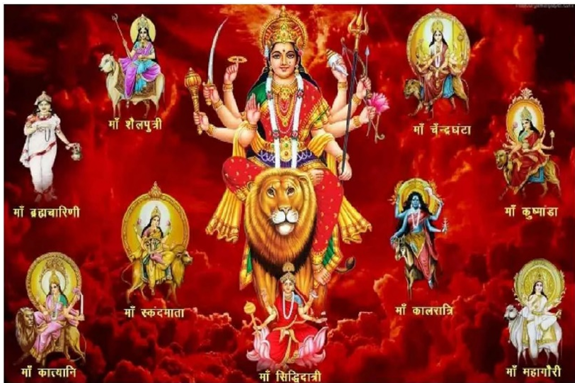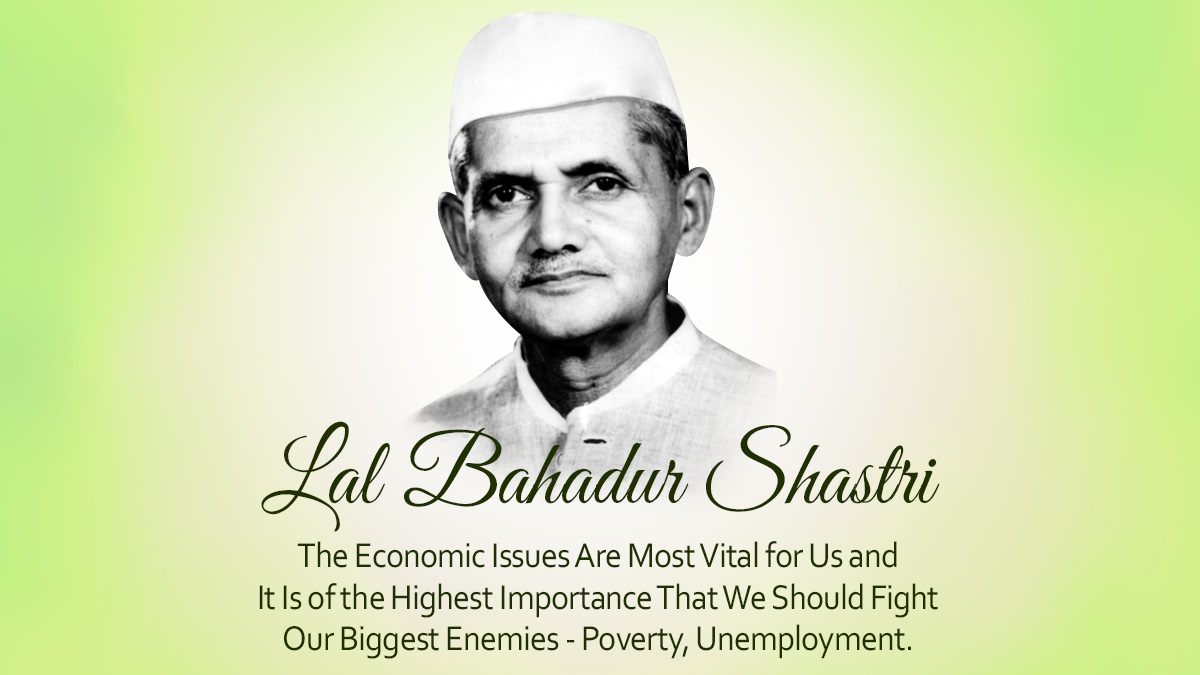Navratri – The Story Behind
Navratri: ‘Nav’ is nine and ‘Ratri’ refers night. Thus we can say that this festival is celebrated throughout night nights.
Why Navratri is celebrated?
We celebrate the festival for almost nine nights and ten days. Mostly the festival comes every year in October or November. The festival is celebrated as Durga Puja in the North-East part of India. According to the Holy Scripture, a demon kind named Mahisasura who was an ardent worshipper of Lord Siva who got massive powers than many demigods was in a mood of conquering all the gods and overpowering them with the power he got from Lord Shiva. No other god was powerful enough to defeat the Mahisasura because of the power he received. Hence considering his evil acts and fear among the gods and people, all three Gods Brahma, Vishnu, and Mahesh (or Siva) decided to do something to stop Mahisasura.

Hence from the combined power of their creation of Goddess Durga possible. Hence Durga killed the Mahisasura. Called as mahisasura wadh. Many people celebrated the victory as Dassehra in any part of the world. As Dassehra is a victory of Lord Rama over Demon Raavana.
Nine Days of Celebrations:
The nine days are celebrated as nine incarnations of Goddess Durga.
1st Day: Shailaputri: The daughter of Himalaya she is an incarnation of Goddess Parvati or a direct incarnation of Mahakali.
2nd Day: Himalaya Brahmacharini: The one who practices penance Unmarred self of Parvati. The Colour of the day is Blue which symbolizes peace and strength.
3rd day: Chandraghanta: The one with a moon-like face and yellow is the color. It symbolizes the vivaciousness of Goddess Parvati.
4th Day: Kushmanda: Green color with universe creative powers. She is seen riding a tiger with having eight arms.
5th Day: Skandamata: The mother of Skanda or Kartikeya . Grey color which symbolized strength. Depicted with four arms with riding on a lion. This avatar symbolizes courage.
6th Day: Katyayani: The one who is born of Katyayana .Orange is the color of the sixth day.
7th Day: Kalaratri: The black night Most violent form of Goddess, Mahakali. Her skin color turns black in rage for destroying demons. White color with peace and optimism are associated with this day.
8th Day: Maha Gauri: The extremely fair one. Further, peace and optimism are associated with the eighth day with pink as the color.
9th day: Siddhidatri: The giver of Siddhis or spiritual powers. Finally, on the ninth day, she sits on a lotus radiating the wisdom and beauty of nature. Light blue is the color of the final day.
In this way, all nine days have their significance in the celebration of Navratri festivals.
Most people preferred to celebrate this festival by having a nine-day fast. And during Navratri people don’t eat non-veg food. Many people stay away from footwear made up of leather or any material made up from animals.
Therefore, people celebrate and worship all forms of the Goddess enthusiastically. They make a lot of grand statues and carry out processions in her honor. In a lot of places, we see that people host fairs. Most importantly, Navratri brings people together from all over the country and symbolizes diversity and culture.
By: Mr. Ramanan TR (Duty Supervisor – Chennai)




